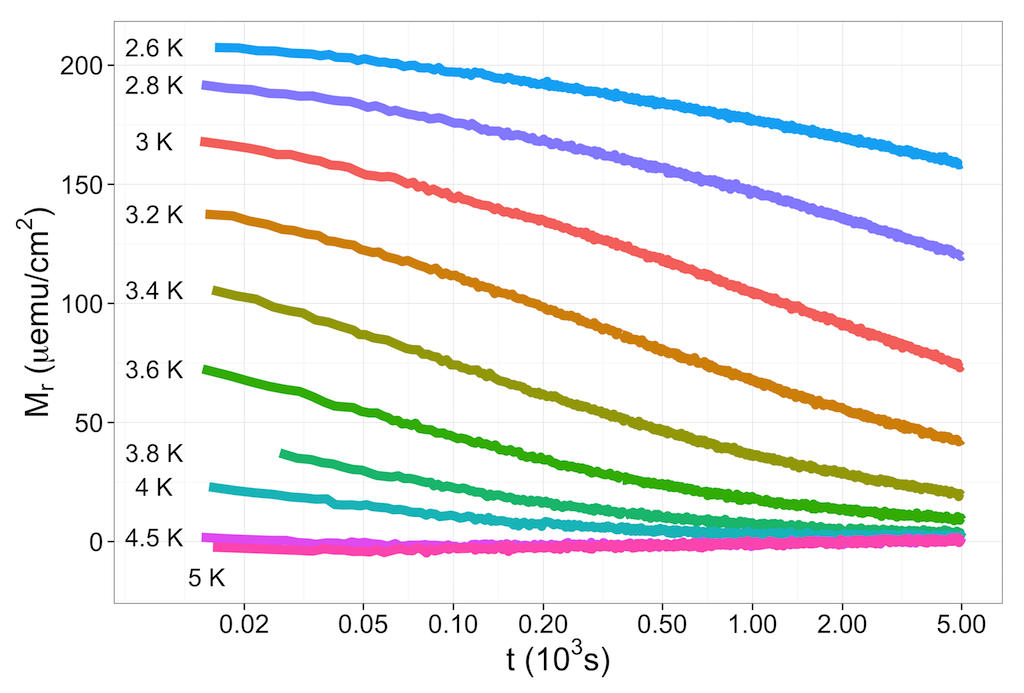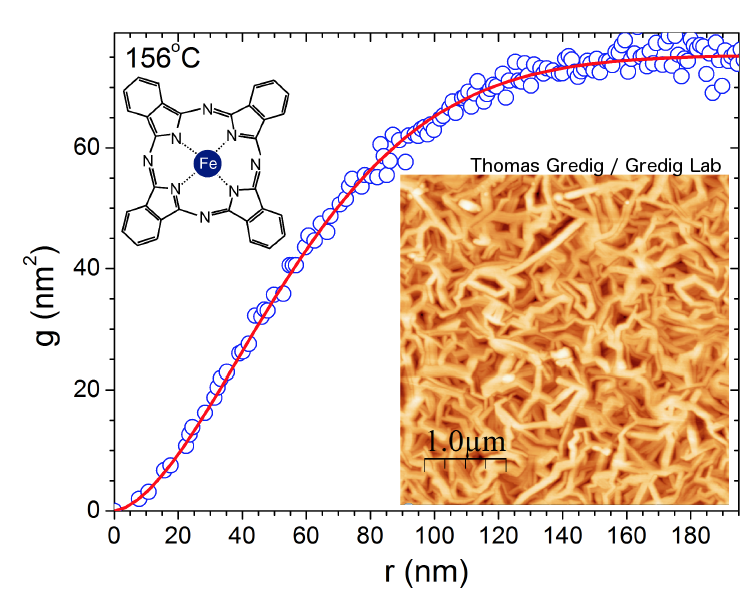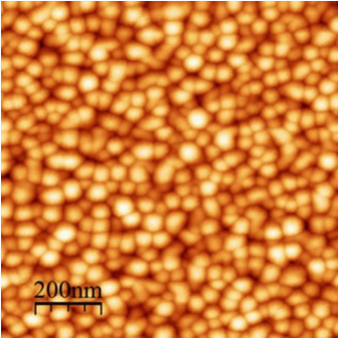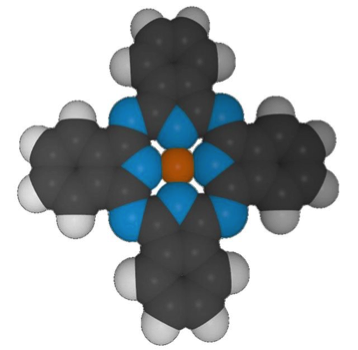MRI: Acquisition of an Atomic Force Microscope
Funded by NSF DMR 2018653.
This Major Research Instrumentation (MRI) award supports the acquisition of a fast-scanning, high-resolution atomic force microscope (AFM). This instrument is at the core of a multi-user imaging center focused on materials science research at California State University Long Beach (CSULB). This center opens the possibility to collaboratively explore newly synthesized materials at the length scale of one billionth of a meter via imaging. The research, training, teaching, and outreach of many research groups focus on projects related to two-dimensional materials, curved magnetic structures, and portable diagnostic sensors for disease detection. CSULB?s position of serving a well-qualified pool of underrepresented minority students lends itself towards giving valuable early experiences and skills in important small feature technology areas. The research results are disseminated to the public via accessible high-resolution images by mentored students with backgrounds representative of the overall population.
More information: Link
Keck Energy and Materials Education and Research Program (KEMP)
Funded by W.D. Keck Foundation.
In an interdisciplinary program with four other faculty, I joined efforts to provide exciting opportunities for junior and senior physics students to pursue a focus in their undergaduate studies that culminates with a Materials Option to the B.S. degree.
Tunable Finite-Sized Chains to Control Magnetic Relaxation

Funded by NSF DMR 0847552.
We created low-dimensional magnetic systems with tunable iron chains. The chain length is varied from 100 iron ions to several hundreds and the single spin relaxation time is extracted as a function of the chain length. The details are available in Tunable finite-sized chains to control magnetic relaxation (arXiv). Paul Ekstrand, Daniel Javier, Thomas Gredig, Tunable Finite-Sized Chains to Control Magnetic Relaxation, Phys. Rev. B, 95, 014406 (2017).
More information: Link
Height-Height Correlation Function

Funded by NSF DMR 0847552.
Code that height-height correlates an atomic force microscopy (AFM) image for quantitative surface analysis. The height-height correlation function (HHCF) allows a user to easily determine the rms surface roughness, the local roughness (Hurst exponent), and the correlation length. An application to phthalocyanine thin films is published here: Thomas Gredig, Evan A. Silverstein, Matthew P. Byrne, Height-Height Correlation Function to Determine Grain Size in Iron Phthalocyanine Thin Films, J. Phys.: Conf. Ser., 417, 012069 (2013).
More information: Link
Tuning of Grain Size in Organic Thin Films

Funded by NSF DMR 0847552.
The precise structure of organic thin films affects many important characteristics and the performance of organic solar cells, gas sensors and transistors. Below, a planar organic molecule, phthalocyanine, is deposited onto silicon substrates at two different temperatures. The average grain size length increases from 30nm to 200nm. It was found that the grain width is differently distributed from the grain length. Such thin films also contain well-separated quasi one-dimensional iron chains and have interesting magnetic properties [T. Gredig et al. J.Mater.Sci. 45, 5032 (2010)]. The structural and chemical tunability of these thin films make them excellent candidates for novel organic magnetics.
Phthalocyanine

We deposit and study thin films of phthalocyanine. Current trends (PDF) on research in phthalocyanine indicate the inter-disciplinary effort. The family of phthalocyanine (Pc) includes both metall-phthalocyanines, such as FePc, ZnPc, CuPc, and MnPc, as well as metal-free phthalocyanine (H2Pc). The structures are almost isomorphic.
More information: Link